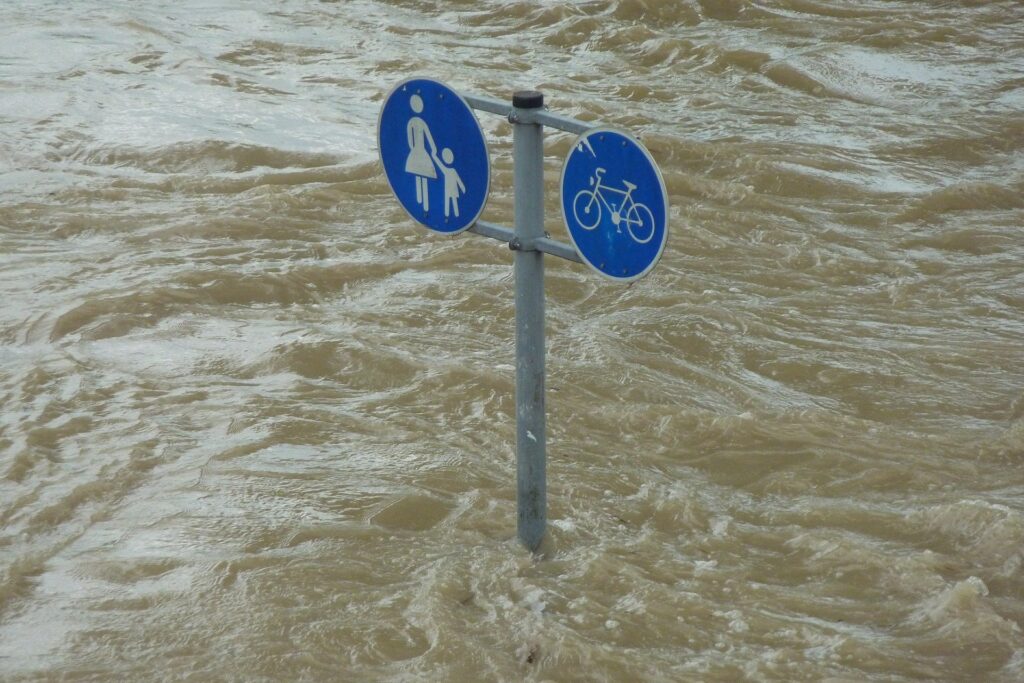An extraordinary session of the World Meteorological Congress has approved a new sustainability strategy for the Hydrologic Research Center’s (HRC) Flash Flood Guidance System with Global Coverage (FFGS/WGC).
The new sustainability strategy sets out a vision and approach for the future development and implementation of the FFGS to save lives and livelihoods. It was approved by the Extraordinary World Meteorological Congress after being endorsed by the Hydrological Assembly.
The new strategy identifies four key factors and activities:
- Developing an inclusive and broadened governance model
- Increasing and strengthening training efforts
- Increasing the visibility of the FFGS
- Developing additional financial and human resource support
Flash floods are among the world’s deadliest natural disasters, with more than 5,000 lives lost annually and huge social, economic and environmental impacts. Accounting for approximately 85% of flooding cases, flash floods also have a higher mortality rate than riverine and coastal floods. Flash floods differ from river floods in their short timescales and occurrence on small spatial scales, which makes flash flood forecasting a different challenge from large-river flood forecasting.
Since 2007, the FFGS has been implemented through various regional and national projects in more than 60 countries, covering 40% of the world’s population and enhancing early warning capabilities at the national and regional levels.
After more than a decade of development and implementation of the FFGS, an external review was conducted in 2018. It concluded that the implementation of the FFGS had allowed many countries to issue flash flood warnings for the first time, thus helping to reduce loss of life. The review also identified certain operational and maintenance challenges that countries face.
Dr Yuri Simonov, chair of the Standing Committee on Hydrology, said, “The strategy brings us new aspects and visions to ensure the sustainability of the FFGS for the benefit of current and future generations as we keep facing the increasing frequency and severity of flash floods all over the world.”
The approved strategy is the product of joint efforts of FFGS member countries, the World Meteorological Organization’s (WMO) Standing Committee on Hydrological Services (SC-HYD) and FFGS partners, namely the WMO, the US Agency for International Development/Bureau for Humanitarian Assistance (USAID/BHA), the National Weather Service of the US National Oceanic and Atmospheric Administration (NOAA/NWS) and the HRC.



